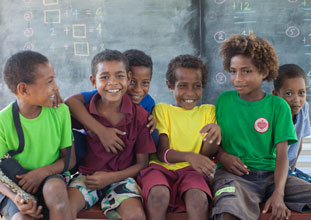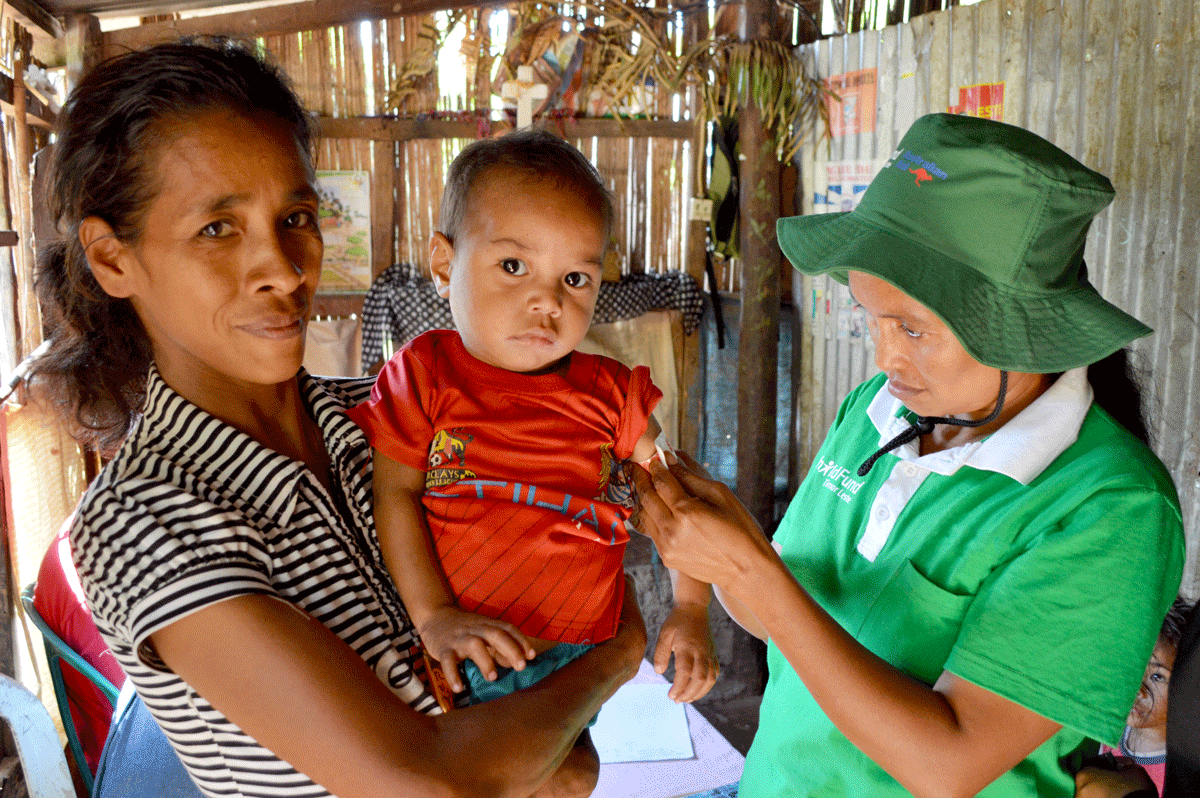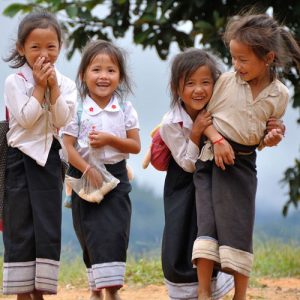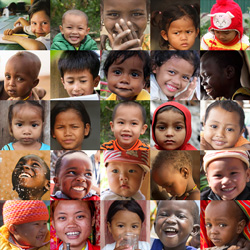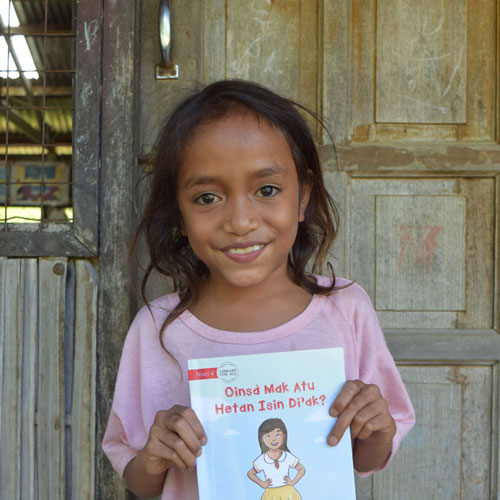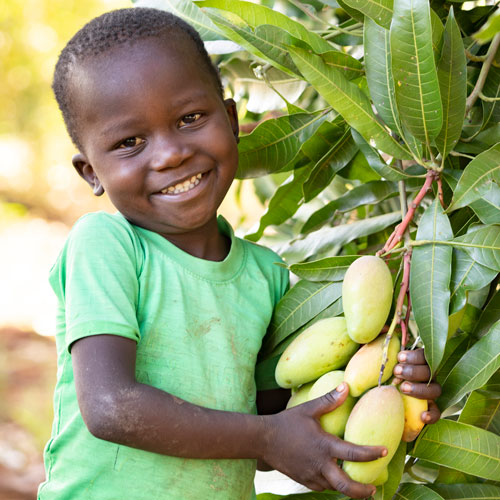In 2013, almost 150 million people globally were affected by humanitarian emergencies, including both natural disasters and conflict. This figure has more than doubled in the last decade, and is expected to continue to rise. Today, not only are greater numbers of people impacted by crises, they are also impacted more frequently, and for longer periods of time. Over half of those affected are children.
In response to this frightening trend, the UN Secretary-General Ban Ki-Moon has announced that a World Humanitarian Summit will take place in Istanbul, Turkey, in 2016. This will be the first time in over 25 years that a global meeting has been convened to examine humanitarian response and action.
The Summit will bring together governments, humanitarian organisations, people affected by crises and other partners, including the private sector, to propose solutions. Four themes will be covered: humanitarian effectiveness, reducing vulnerability and managing risk, transformation through innovation, and serving the needs of people in conflict.
During the two-year lead up to the Summit, extensive consultations are being undertaken to gather the perspectives, priorities and recommendations of all stakeholders on what must be done to make humanitarian action fit for the future. To ensure that the views and opinions of children are represented in the talks, ChildFund Alliance and other child-focused development agencies have launched a new report: Putting Children at the Heart of the World Humanitarian Summit. The report highlights the views of more than 6,000 children who have experienced armed conflict, disasters, displacement and other emergencies.
UNICEF estimates that as many as 60 per cent of those affected by emergencies are under the age of 18, with children often suffering long-term detriment. In situations where a crisis occurs over a significant proportion of a child’s formative years, it can negatively impact the crucial stages of their social, cognitive, emotional and physical development.
Humanitarian crises can also leave children vulnerable to other risks, such as child exploitation and violence, recruitment into armed forces, long-term injuries or disabilities, as well as separation from parents or caregivers. It has long been recognised that during an emergency, children are always the most vulnerable members of society.
As such, consulting and engaging children in humanitarian response programming is absolutely vital, says report author Andy West. “Children highlight issues and difficulties that may be overlooked by adults, especially those concerning their safety and protection. Adults who fail to consult children often fail to understand how problems may be connected, and why intended outcomes are not achieved.”
ChildFund Alliance and other agencies have highlighted a set of guiding principles for the Summit, which capture the views and opinions of children who have personal experience of humanitarian crises. These are as follows:
- Children are not a minority group, and should be part of a systematic consultation process;
- Children are agents of change, and want to participate in the rebuilding of their communities;
- Children want to be given the opportunity to hold humanitarian actors and governments accountable;
- Children have the right to be protected at all times, and humanitarian programs must focus on improving their safety;
- Children prioritise education in emergencies, and believe humanitarian efforts should continue providing education where possible;
- Children want the views of all to be reflected, especially those who are marginalised.
The report also highlights the desire of children to play an active role in humanitarian response. In Syria, 83 per cent of children surveyed expressed an interest in support relief efforts, if given the opportunity.
One child states: “We would like to help other children by raising their spirits, playing with them and entertaining them. We belong to one generation, and we understand what they lack and need, both psychologically and emotionally.”
